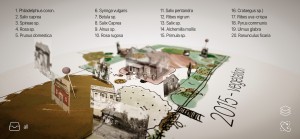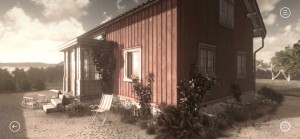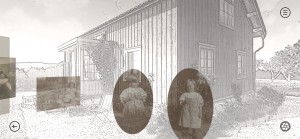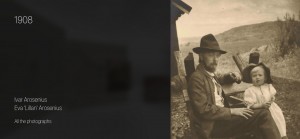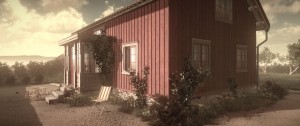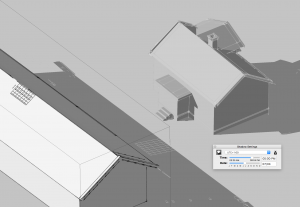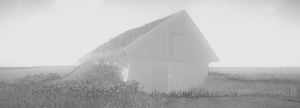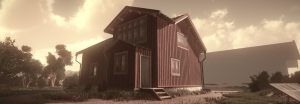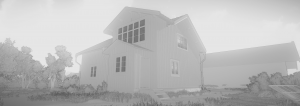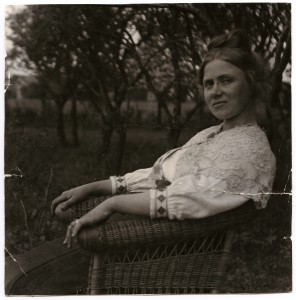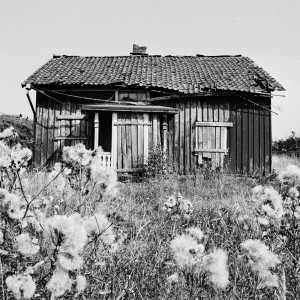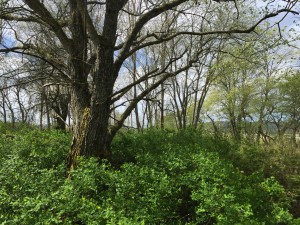One of the studies within the project explores material pertaining to Arosenius’ home in Älvängen, torn down in the early seventies after decades of neglect. Using the archive as a source, a virtual model is assembled in a game engine where the connection between artist, art and place is investigated to catch the way Arosenius has translated his surroundings and to contextualize the documents of the archive.
As with the digital archive, with this interactive reconstruction we aim to construct a synthesis of a heterogeneous and sometimes conflicting material that can be used both as an access-point to the life of Ivar Arosenius and his art, and as a repository: built on a source material consisting of archival photos, local stories and historic maps, paintings, 3d-scanned artefacts, sound recordings, and inventories of both the belongings of the artist and his family, and of the vegetation on his lands, the digital construction is a knowledge-model containing all the material pertaining to this part of the artists’ life. As such, of central interest for the study is how to communicate interpretative practices to the user, balancing an incomplete source material with the need to create a space that can inspire affect.
Just as the archive contains a translation of Arosenius’ home, first into documents and files, and later, when digitized, into bits, the reconstruction of Arosenius’ home is a translation of bits into context. It is an investigation into both the limits of the archive view, that which the archive lets us perceive, and the product of activating and giving depth to the archive by bringing it together with the site of its origin. In the study, we frame the act of digitally reconstructing a site as an iterative research method of investigation and translation between different media, that allow a disparate material to be collected, studied, and processed simultaneously. Arosenius’ Älvängen is at the centre of this study as it is the locus of the art, and also the place of the life that the archive tries to represent. As such, it is the archaeo-archival embodiment of the artist’s archive.
Researchers: Dick Claésson and Jonathan Westin.
Link to the app Dockhemmet on iOS App Store


